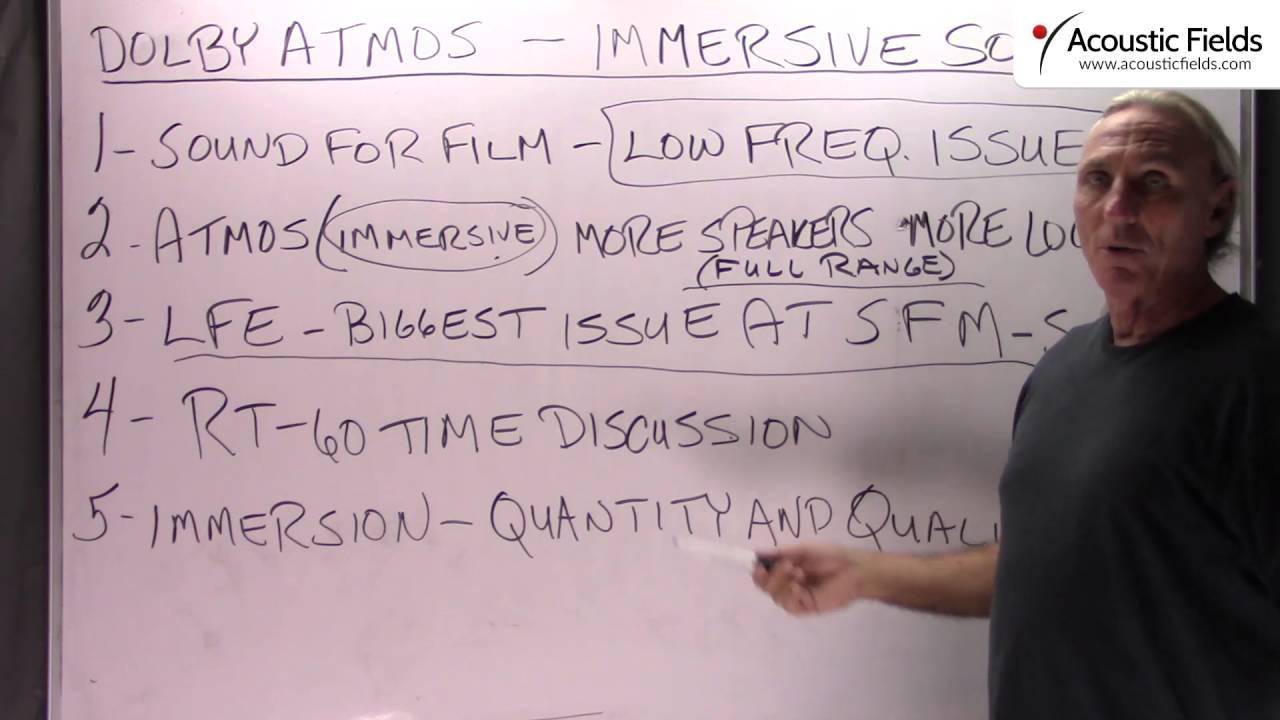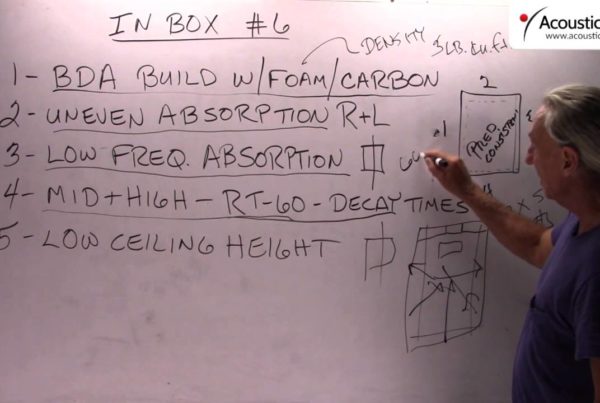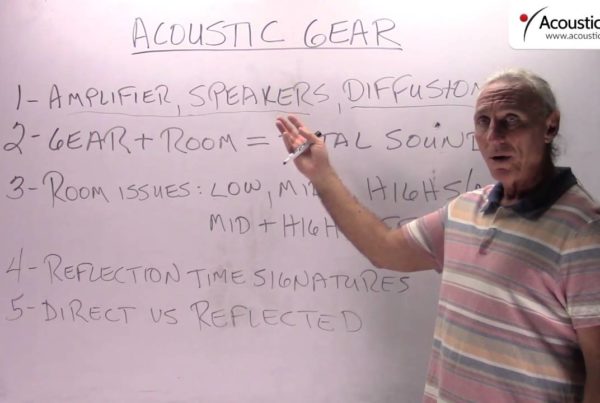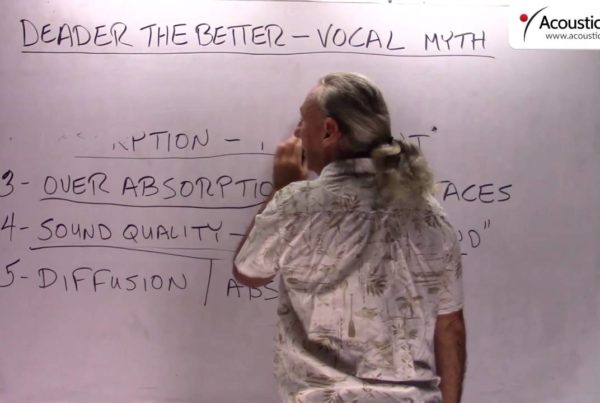I was just at the Sound for Film trade show, conference, whatever you want to call it at Sony Studios here in LA and the big topic of discussion was the new Dolby Atmos system. And the topic of discussion, the general topic of discussion was immersive sound. And that Dolby Atmos was part of this new wave of immersive sound that these companies are trying to develop to give you a better experience both on the audio side and the video side.
Basically I think it’s audio’s way of trying to catch up with video. Because video is way ahead of audio in terms of quality and everything else. We have 4k resolution in our video systems, we have 4k resolution in our rooms, we might even have it in our audio systems electronically but not in our rooms. So you don’t have it in your room, it’s never going to be heard, right?
So Atmos is an immersive technology that they’ve come up with which if you want to be basic and simple about it, it’s more speakers, more locations. If you want to be immersed in sound then you’ve got to have multiple speakers at multiple locations versus what we use now. And these are full range speakers. They’re not satellites and fronts and rears and all of that, it’s full range everywhere.
So you can see full range, immersive. And then what was the other thing that came up with the conference? It was the low frequency problem. And what amazed me was that the things that these guys were talking about and these were the biggest guys in the business was that they’re still using techniques for handling low end that they’ve used 30 and 40 years ago and they’re iffy in a lot of occasions. And sometimes you just have to live with it or get a bigger room. Well, most of these guys have budget for larger rooms. See? Most of my customers don’t.
So just to keep it in perspective, low frequency energy management obviously in Dolby Atmos was a big subject because if we got more speakers in more locations and they’re full range we got way more acoustical problems. We’ve got more energy different locations.
RT-60 calculations came up. I loved the term wet and dry. Two terms that we used to denote deadness and liveliness in rooms, wet and dry; good words. So they were talking about all kinds of times. I think the general conclusion for the Atmos discussion was that deader is better. I think if you want to summarize it up that would be what it is.
So what are we doing with immersion? Now, our new technology that Dolby Atmos is a part of – I’m sure there’s going to be others in the future – quantity obviously because we’re immersive, we want to feel now more and then always quality. But we have the high resolution with our digital format so we’re good but our rooms really need to get up to speed on the low frequency energy issue. And that’s where our diaphragmatic technology comes into place that we use carbon.







